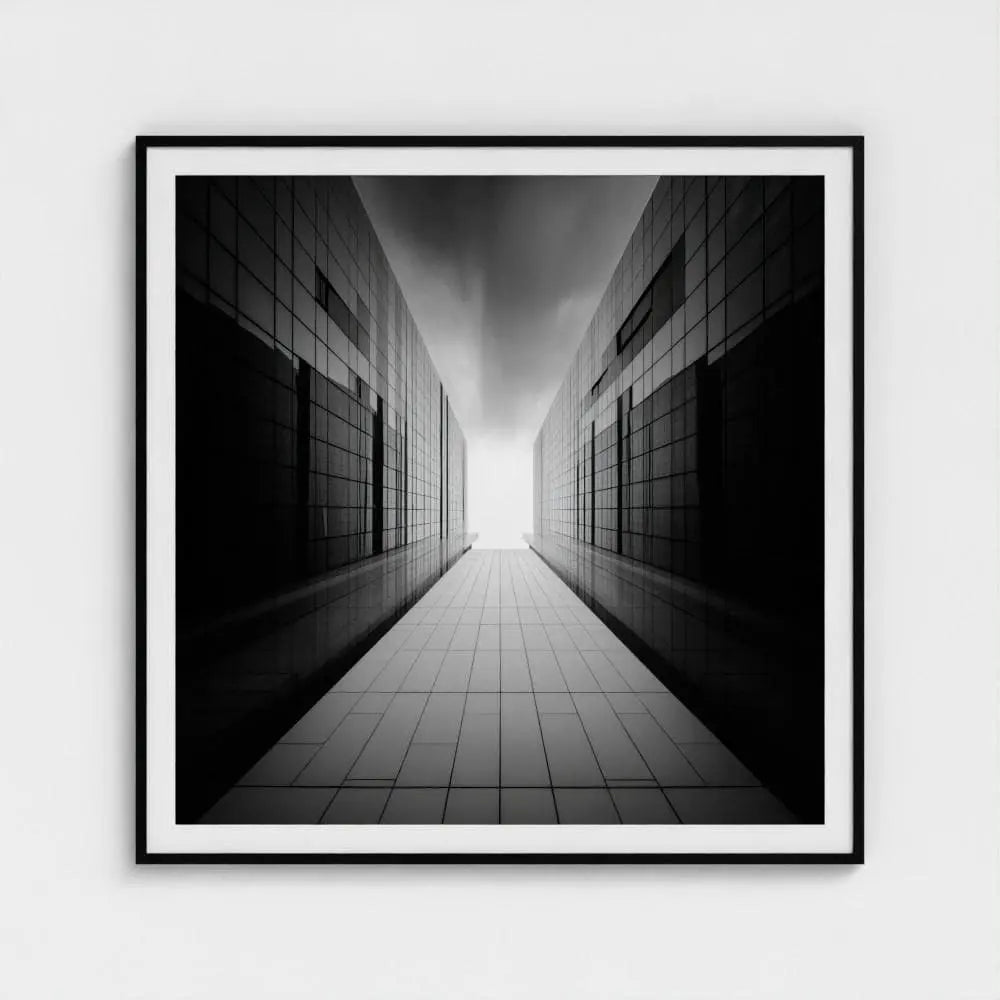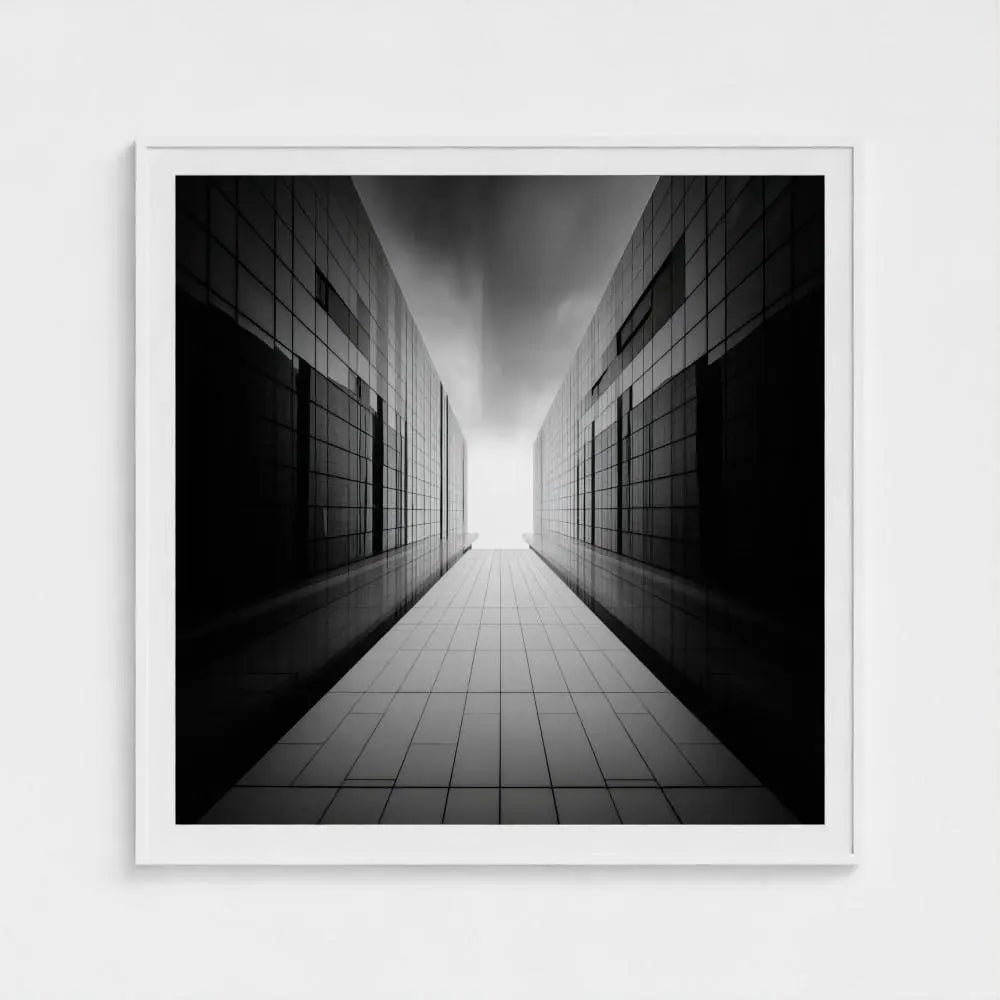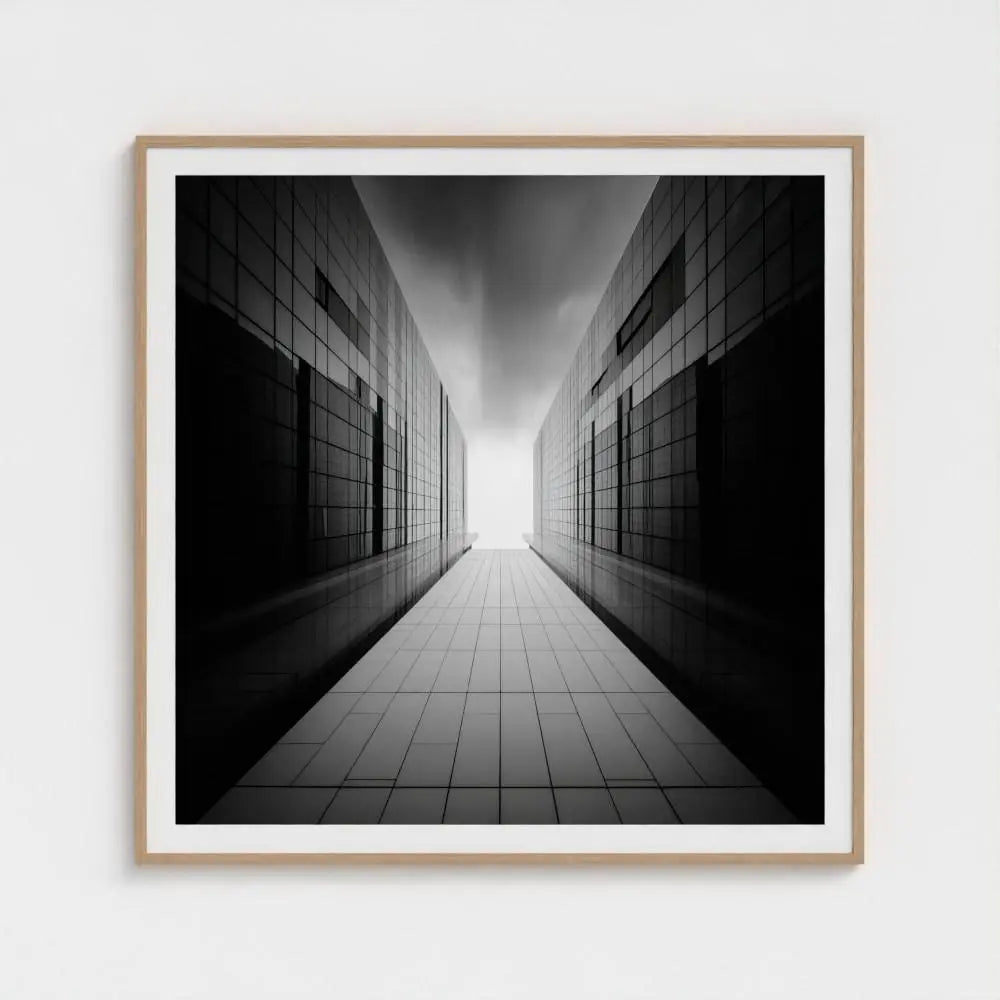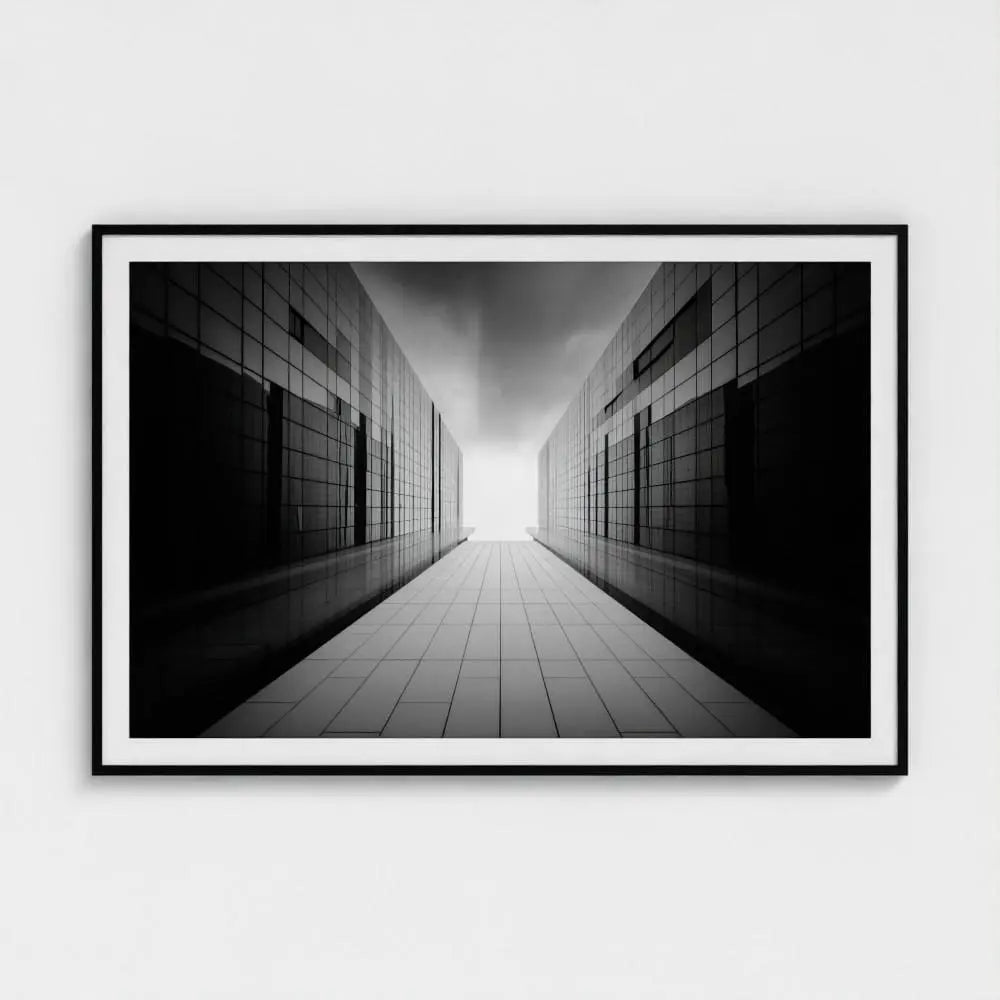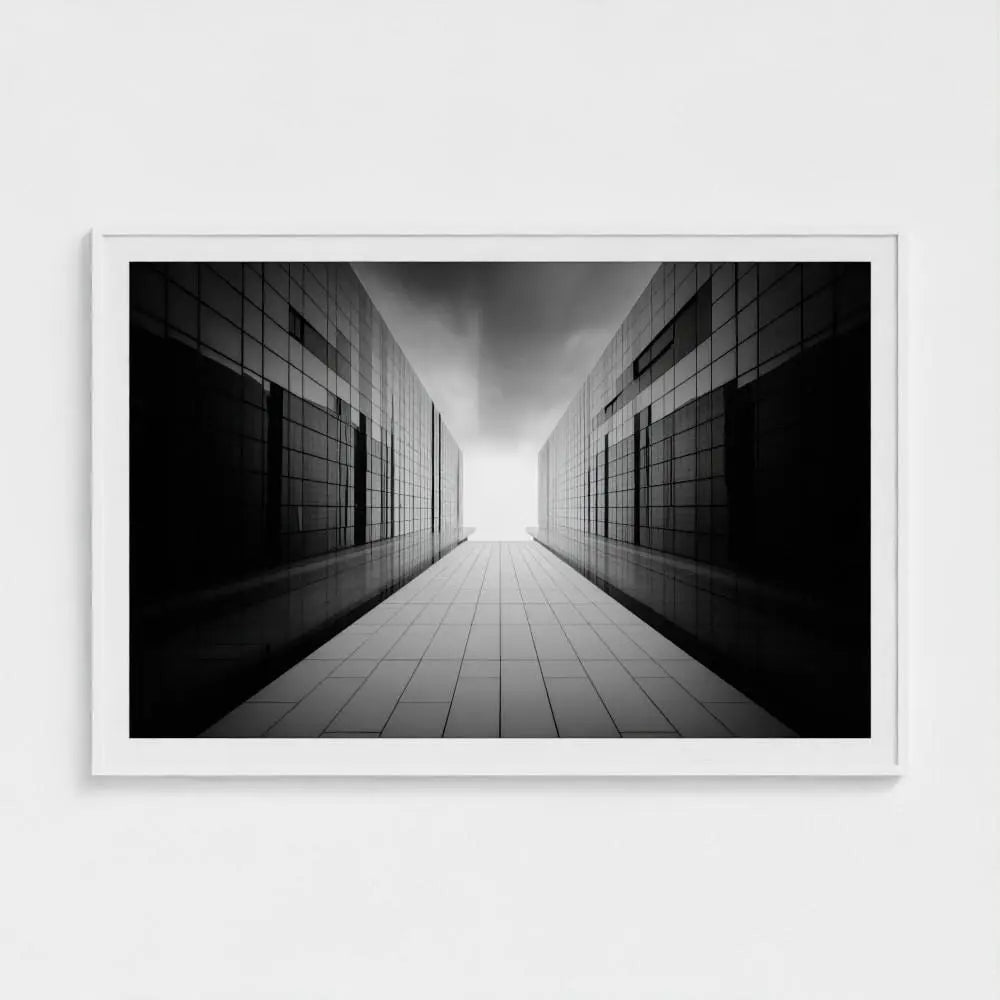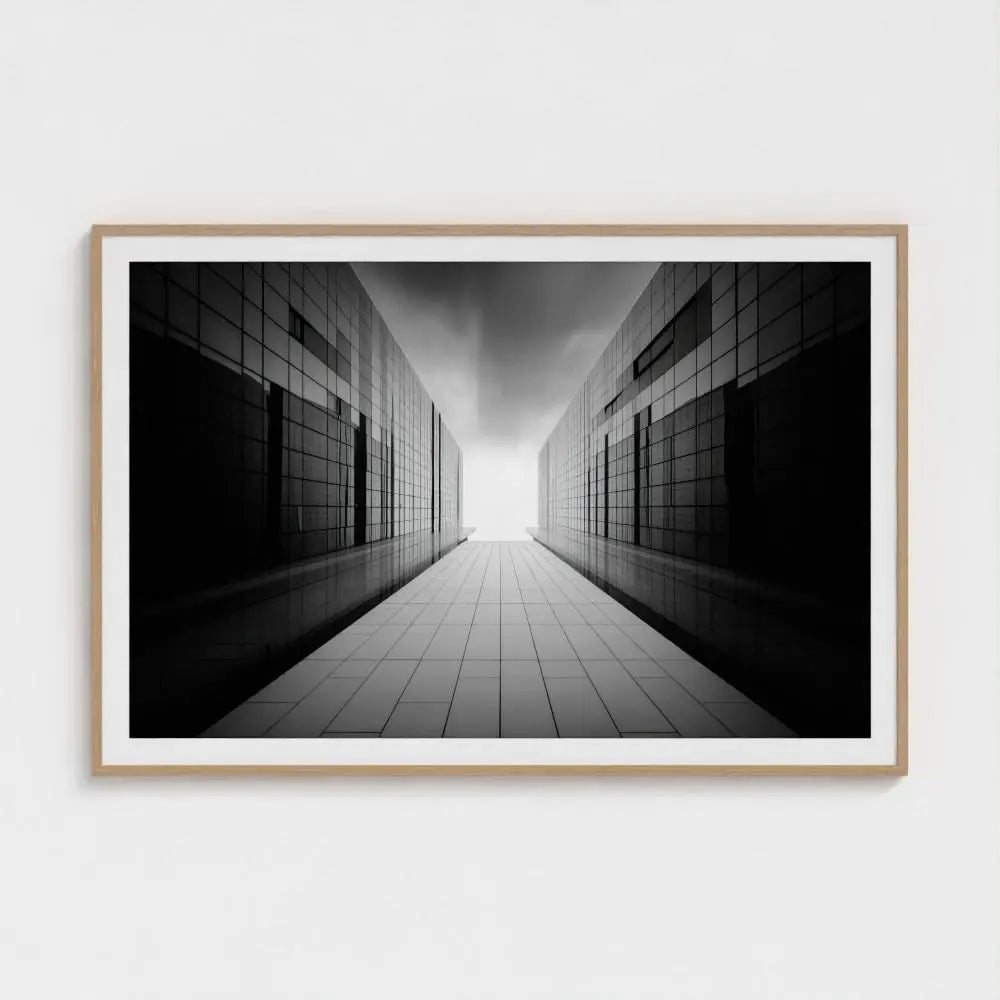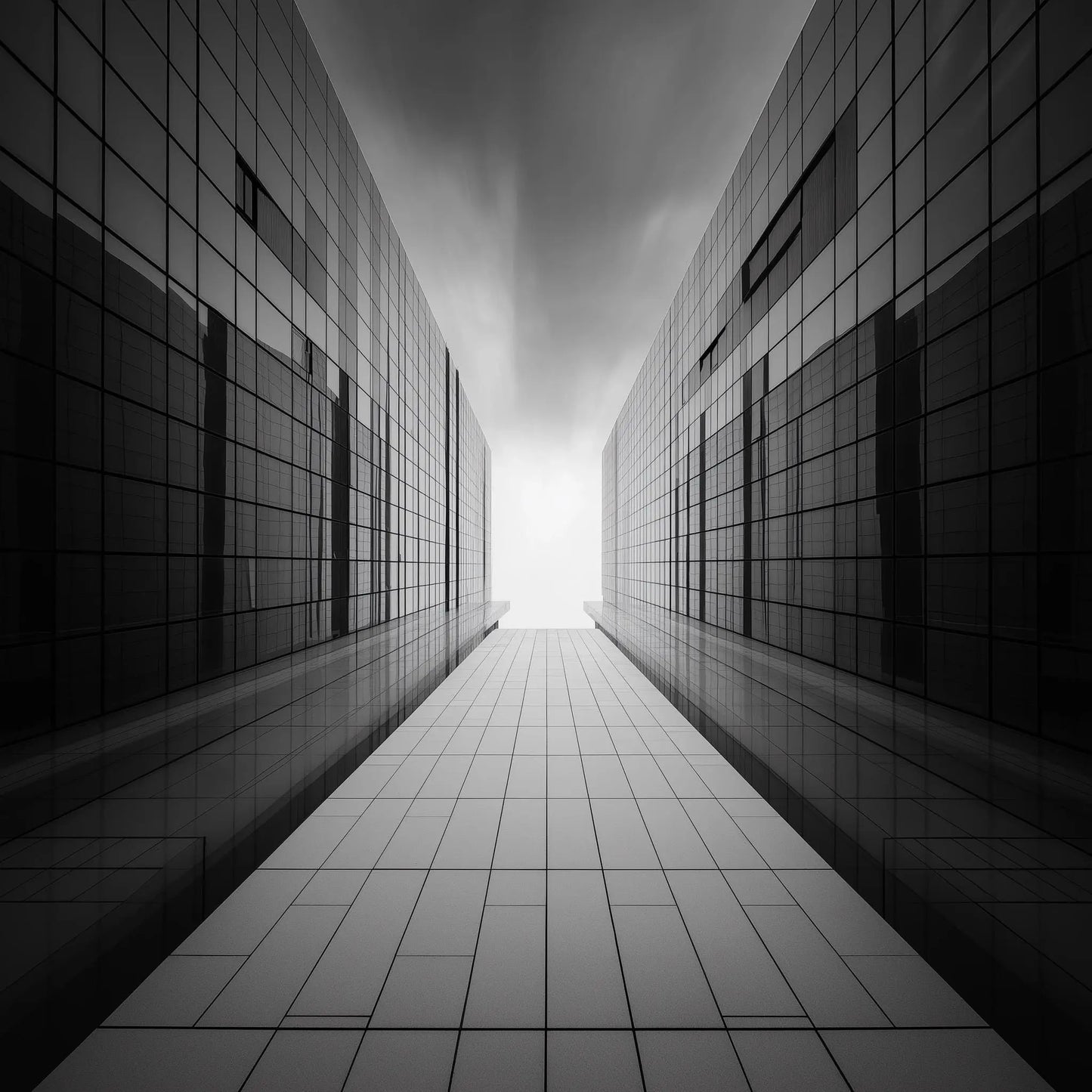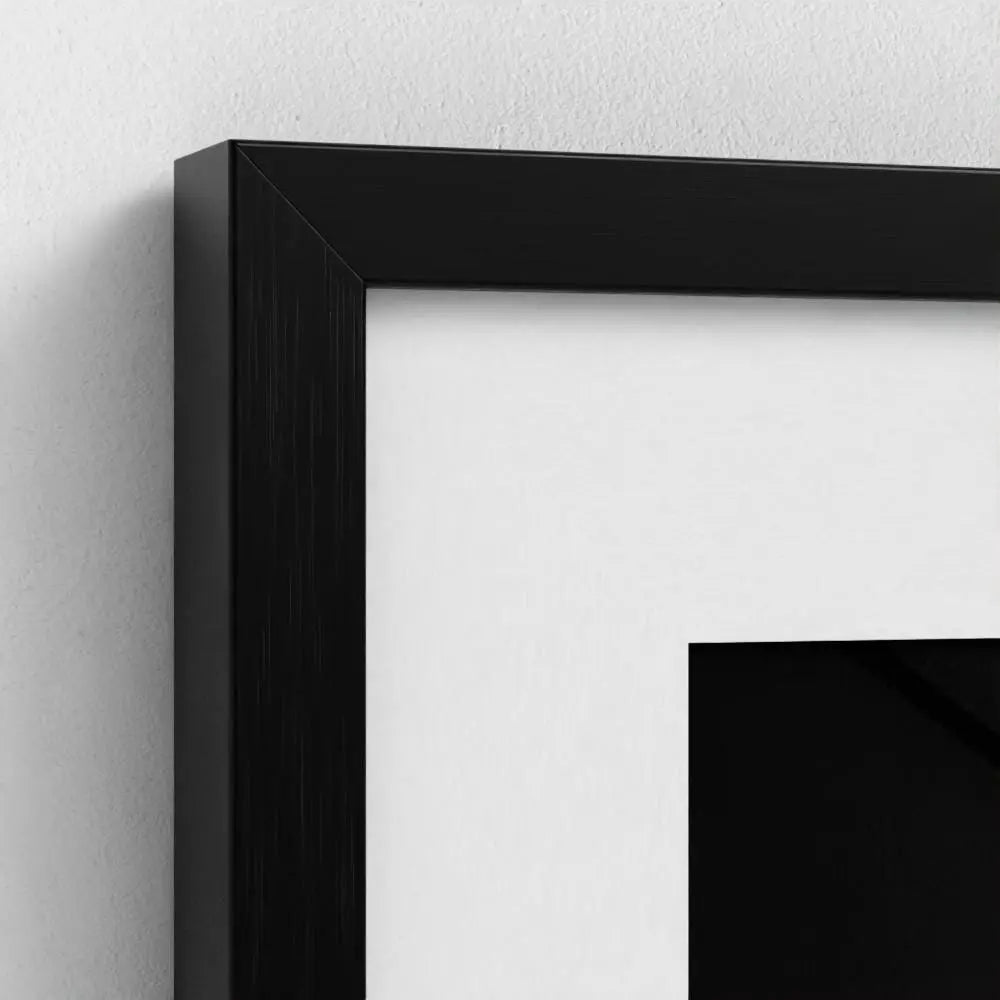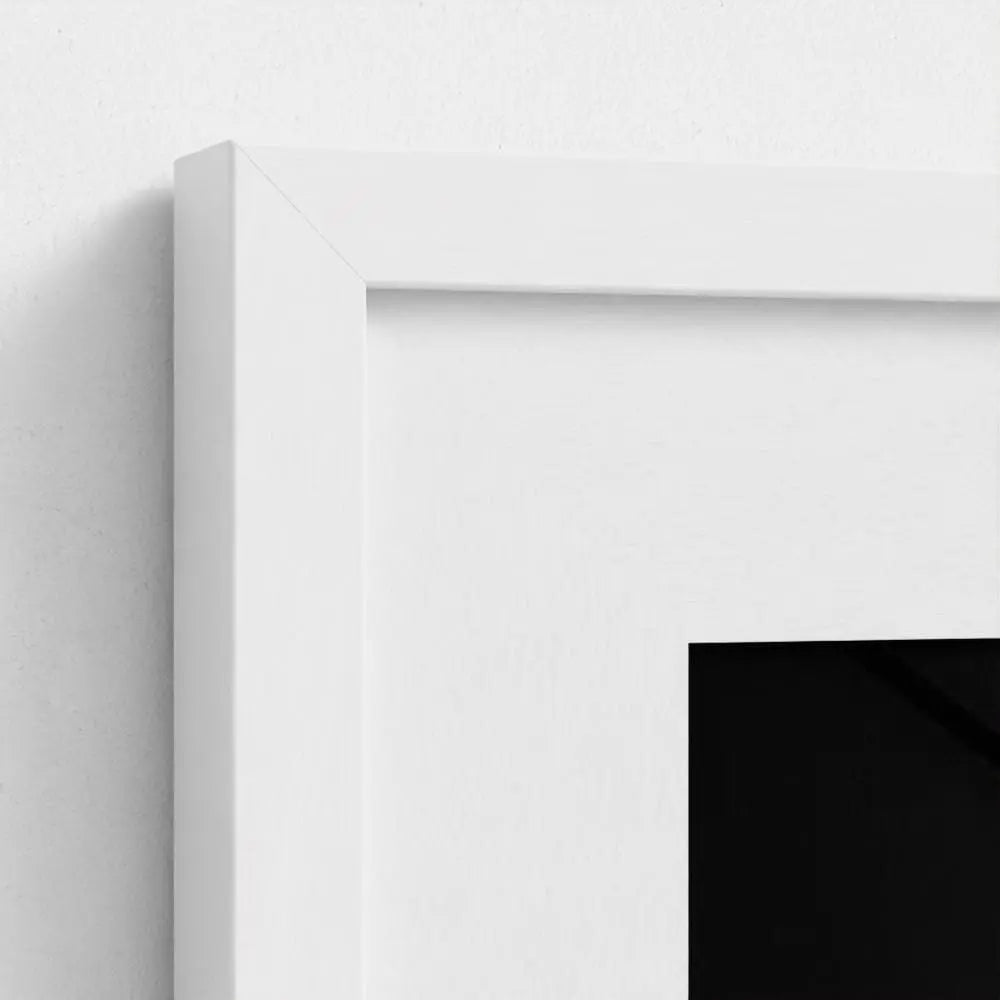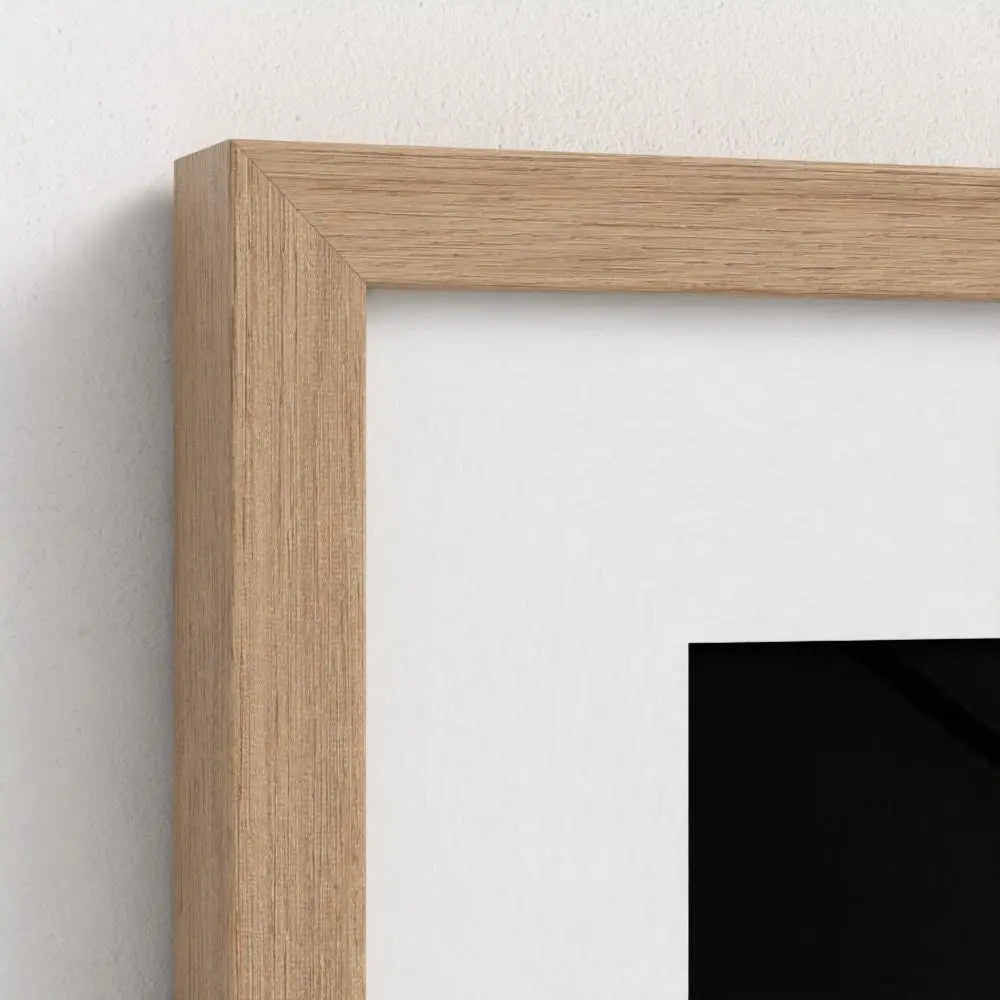Brutalist Architecture Photography– Monolithic Concrete Geometry | Studio Stevie
Brutalist Architecture Photography– Monolithic Concrete Geometry | Studio Stevie
Couldn't load pickup availability
Brutalist Architecture Photography: Capturing Monolithic Concrete Geometry
Glossy concrete planes form a tunnel of light, drawing the eye to a clean vanishing point. This black-and-white Brutalist Architecture Photography distills brutalist architecture into a minimal, cinematic study of line, mass, and depth—perfect for design-forward interiors.
Why You’ll Love It:
+ Minimal, high-contrast portrait of brutalist geometry
+ Razor-clean vanishing point composition that commands attention
+ Archival 200gsm Enhanced Matte (EMA) fine-art paper for lasting detail
+ Perspex (acrylic) glaze for lightweight, shatter-resistant clarity with UV protection
+ Natural wood box frame with fitted hardware — arrives ready to hang
+ Made to order and carefully packed for a flawless, gallery-worthy finish
Style & Placement:
+ Ideal for modern, industrial, and minimalist spaces
+ Striking in living rooms, offices, studios, and entryways
+ Pairs beautifully with concrete, steel, glass, leather, and monochrome palettes
Details:
+ Paper: Enhanced Matte / EMA 200gsm, museum-quality print
+ Glaze: Perspex (acrylic); UV-resistant, easy to clean with a soft cloth
+ Orientation: Landscape + Square Offered
+ Handmade to order; slight tonal variation may occur between screens and print
Gifting & shipping:
+ Securely packaged for transit and ships with tracking. Gift-ready presentation available—add a note at checkout.
Shipping:
+ Sizes 16"x20" - 36"x36" are printed, framed and shipped from the United States.
+ Sizes 36"x48", 40"x60", and 50"x50" are printed, framed and shipped from the United Kingdom.
Custom options:
+ Need a different size, crop, or frame color? Message me—happy to tailor it to your space.
Understanding Brutalist Architecture
Brutalist architecture emerged in the mid-20th century and is characterized by its bold, monolithic structures made primarily of concrete. Architects embraced functionality, often creating raw, textured surfaces that emphasize geometric forms. In architecture photography, this style presents unique opportunities to capture the interplay of light, shadow, and design, creating striking visuals. The absence of decorative elements allows for a focus on the building’s form, which is essential for photographers looking to showcase the essence of brutalism.
The Role of Photography in Showcasing Design
Architecture photography plays a crucial role in communicating the vision of brutalist architects. Effective photos can highlight the scale and texture of concrete, revealing how these structures interact with their surroundings. Photographers use various techniques, such as framing and perspective, to create dynamic compositions. These images not only document architectural achievements but also evoke emotions associated with the rawness of the materials and the boldness of the designs. This connection between architecture and photography is vital for promoting the appreciation of brutalism.
Tips for Capturing Brutalist Structures
When photographing brutalist architecture, it’s important to consider the time of day and weather conditions. Early morning or late afternoon light can enhance the textures and shadows of concrete surfaces. However, experimenting with angles is equally essential. Shooting from a low angle can emphasize the monumental aspects of the structures, while wide shots can showcase their relationship with the environment. By incorporating these strategies into your photography, you can effectively convey the stark beauty of these monolithic designs, which are often both awe-inspiring and imposing.
Share
